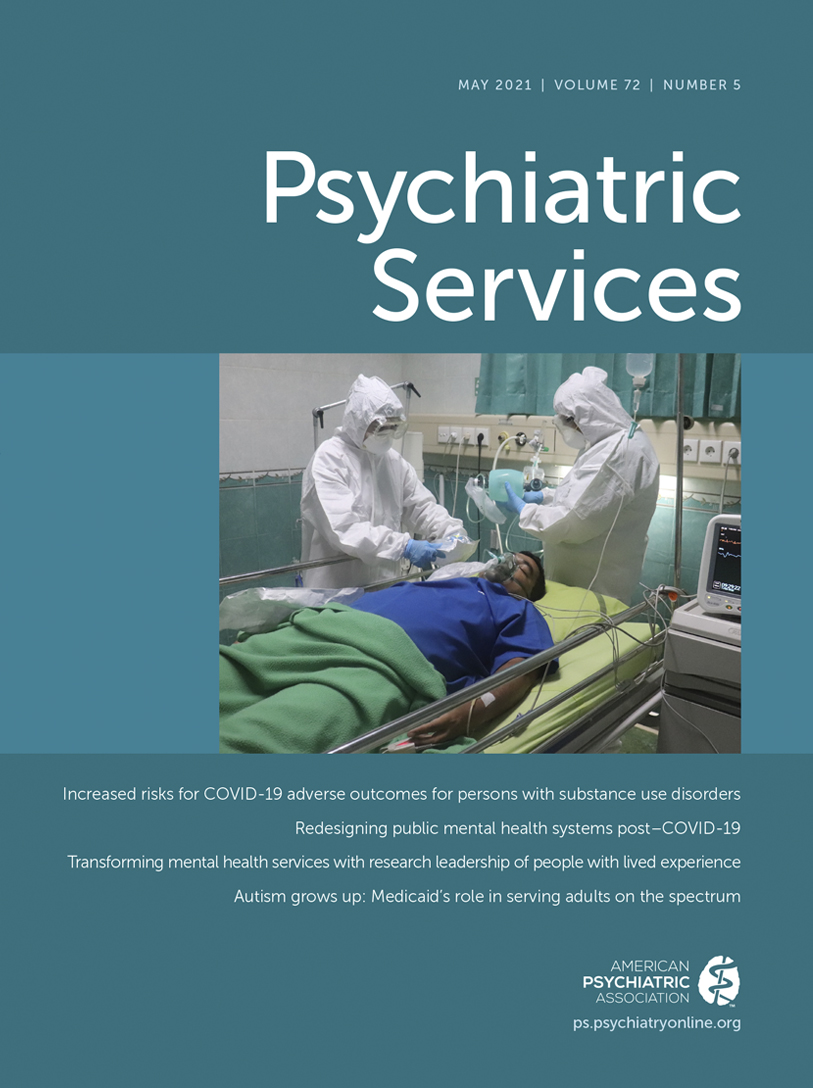Mental Health Apps: Ensuring Quality and Reimbursement Through a Dynamic Payment Formulary
TO THE EDITOR: As reported by Goldman et al. (1), the COVID-19 crisis has increased the need to use mobile apps and other technologies to facilitate remote behavioral health care. Although some of these tools are being reimbursed today, practices are not uniform across payers. Existing procedure codes are ill equipped to reimburse apps that involve minimal provider time. Variability and uncertainty about app quality have caused some payers to be hesitant about reimbursement. The need for new reimbursement mechanisms to drive adoption requires coordination among the diverse stakeholders in this space, including developers, providers, payers and purchasers, and patients.
We believed that such stakeholders would be interested in a streamlined approach to reimbursement that was substantially different from the approach available today (2). To explore stakeholder needs and identify potential solutions, we interviewed 38 people in a variety of roles, including app development, clinical care, human resources, and health plan management. These interviews identified and refined several objectives and concerns about app reimbursement, which were synthesized and used to formulate a potential solution (a diagram is available in an online supplement). We then convened a meeting attended by six commercial app developers and six payers to discuss this solution.
Our interviews uncovered several issues that we considered while developing a proposal for a new reimbursement methodology. Some payers wanted apps that provided data that could be integrated with other patient-related data, and one payer even suggested that any reimbursement approach offer a pay-for-performance guarantee, with mental health app developers held financially at risk for reducing both mental health and general medical expenditures. Other payers, however, wanted to maintain a firewall between app and other data, receiving only aggregate information about utilization and outcomes. Many payers noted a desire for simplicity across evaluation, contracting, and payment. Developers expressed a desire to simplify the time-intensive business development process and harmonize proof-of-concept requirements across payers. Developers noted instances when payers require expensive and time-intensive demonstrations before they would be willing to pay, even if apps were firmly rooted in evidence-based practice.
Given these concerns, stakeholders agreed that a new model for evaluating apps and facilitating their reimbursement would be useful. One means of evaluating apps proposed was the creation of a data consolidator that receives patient-reported outcomes and other data and then conducts automated observational analyses of outcomes and utilization to build insights regarding how apps affect care (3). Through continuous evaluation of real-world evidence, a “dynamic payment formulary” (DPF) can be created in which new apps are periodically added, apps that least successfully improve outcomes are eliminated, and included apps are connected with reimbursement (4). There are no organizations currently performing automated, observational studies of the effectiveness of apps. Evaluators thus far have used a diverse set of criteria to perform static evaluations, rather than real-time postmarketing surveillance (5).
Creating a DPF can drive adoption of the most effective digital mental health tools and improve access to care and thus increase equity. By standardizing the reimbursement process, more options will be available to patients, enabling their preferences to play a greater role in care.
1 : Mental health policy in the era of COVID-19 . Psychiatric Serv 2020 ; 71 : 1158 – 1162 Link, Google Scholar
2 : Reimbursement of apps for mental health: findings from interviews . JMIR Ment Health 2019 ; 6 : e14724 Crossref, Medline, Google Scholar
3 : Certification of mobile apps for health care: reply . JAMA 2014 ; 312 : 1156 – 1157 Crossref, Medline, Google Scholar
4 : Continuous evaluation of evolving behavioral intervention technologies . Am J Prev Med 2013 ; 45 : 517 – 523 Crossref, Medline, Google Scholar
5 : Quality assessment of self-directed software and mobile applications for the treatment of mental illness . Psychiatr Ann 2016 ; 46 : 579 – 583 Crossref, Google Scholar



